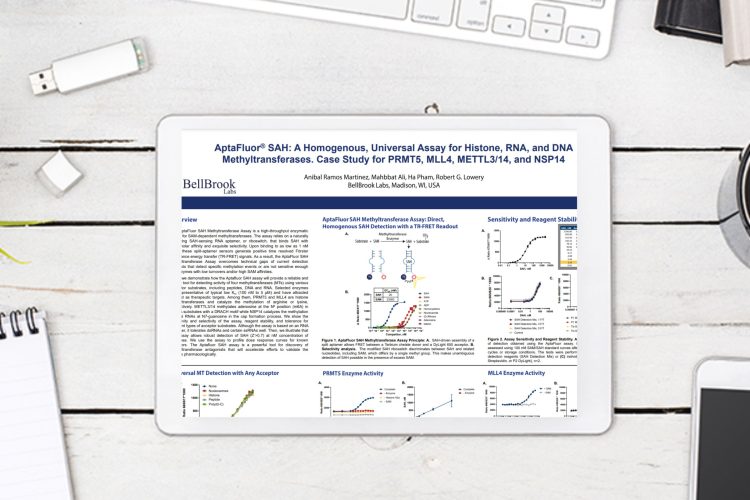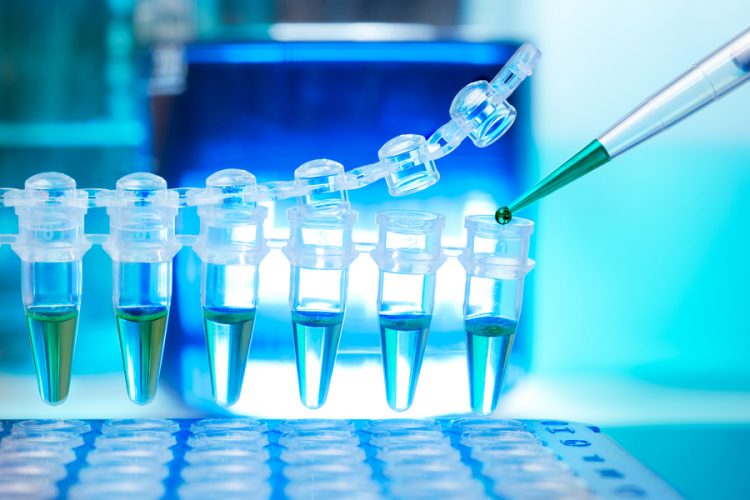Key enzyme discovery marks a step forward in Alzheimer’s treatment
Scientists have decoded the 3D structure of a key enzyme linked to Alzheimer's disease. This breakthrough opens up new possibilities for targeted drug development and better treatment options.



























